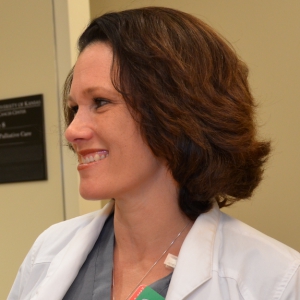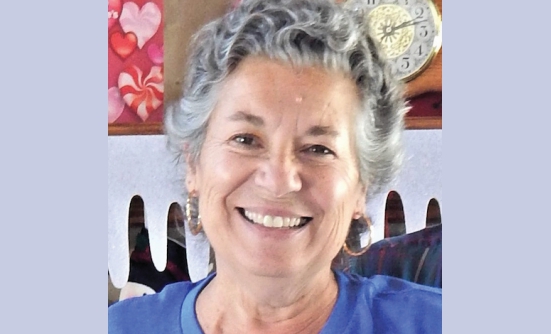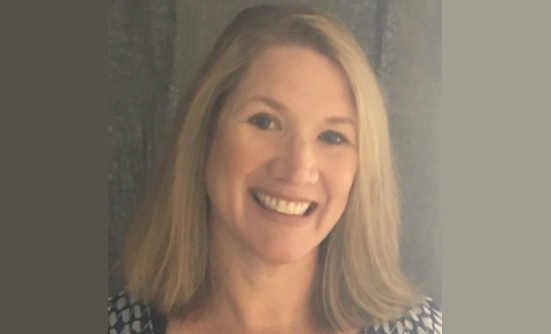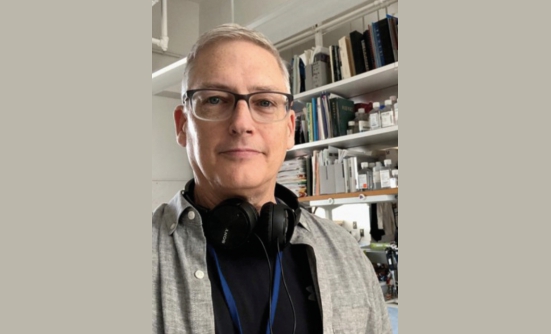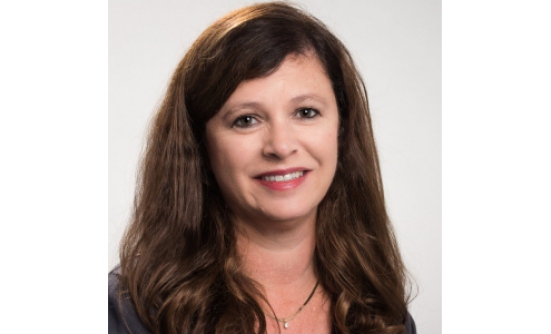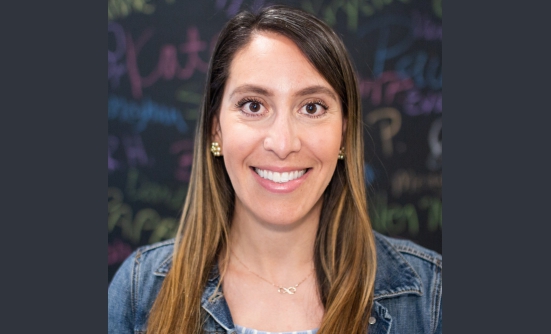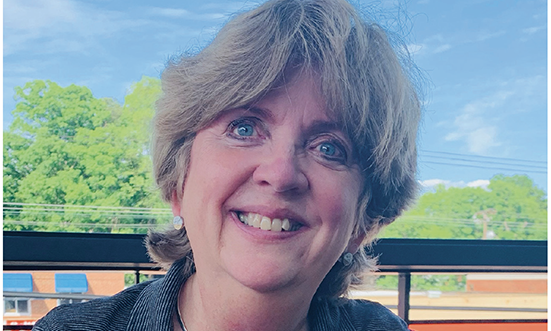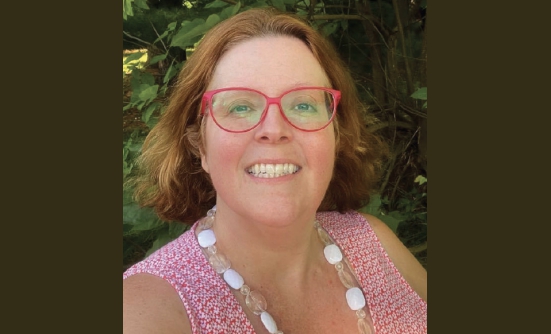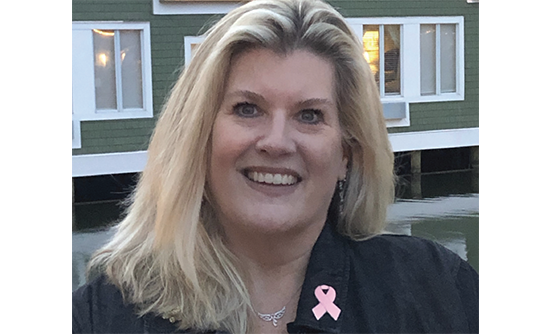As a bone marrow transplant nurse for the past 15 years, I have learned that when patients and families are told “there is nothing more we can do,” it is as if we have pulled the rug out from under them. Then, hope stealers, scary people, and the “4-letter word” palliative care are introduced. In the outpatient cancer center, it is common to see an average of 50 to 70 people stroll through the outpatient bone marrow transplant clinic each day. Within the medical oncology area, the census is closer to a few hundred people. With these numbers, it is no surprise that the doctors, nurses, and other medical staff spend less and less time with patients and their families.
Diane E. Meier, MD, FACP, Director of the Center to Advance Palliative Care, New York, NY, describes palliative care as a safety net, a service that needs to be provided upstream to anyone who is facing a life-threatening illness. The goals are to introduce palliative care early, and to provide support for symptoms related to the disease and its treatment. Palliative care physicians provide clinical expertise in just that area. They help untangle and pick apart the overwhelming journey that cancer brings to patients, including the patient’s family. The outpatient palliative care navigator works as a navigator as well as a bedside nurse and supports the palliative care physicians. These navigators are the point person for the cancer center and are able to assess all patients at any point in their cancer journey.
Early identification of the unwanted symptoms of cancer and of treatment helps to improve the quality of life of patients and increase their trust in the healthcare system. Our goal is to work with patients and families early, before we have to discuss end-of-life care, and before we have to admit a patient to hospice because of an emergency Hospice is also a “4-letter word.” Most patients believe that when they are admitted to hospice, they are administered morphine and die. This is the exact opposite of what hospice is, but trying to change that image is an ongoing, everyday conversation. According to the National Hospice and Palliative Care Organization, “hospice helps provide quality compassionate care for individuals facing a life-limiting illness.” The hospice staff give skilled medical care, are experts in pain management, and provide emotional and spiritual support according to the patients’ needs and wishes.
My Free-Spirited Patient
The role of an outpatient palliative care navigator is to meet people upstream in the trajectory of their illness. It is important to hear success stories to understand just how important upstream palliative care really is. In February 2013, I met a patient, Abigail, who had been diagnosed with inflammatory breast cancer at age 31. She had had a bilateral mastectomy in 2009, but she never achieved a complete resolution of her cancer, and only had partial responses in the first year. She had multiple chemotherapy regimens from 2008 to 2013, but her disease continued to progress until her death. Her goal was to “beat this thing!” She said, “I will not give up!”
Abigail was married, was a waitress, and was a singer/songwriter. She had a beautiful, free spirit, and she didn’t care what anyone thought. She was her own judgment, and her own mom. Her mom had died of colon cancer in 2008, but she never communicated to her mom that her own cancer had progressed. Her husband was very supportive of her and was always looking up new chemotherapy regimens and suggesting they try something else; his goal also was to beat this thing.
Our first visit was in the outpatient clinic, and the goal was to assist her with symptom control. She was 5’8” tall and weighed 137 pounds. She was anorexic, pale, and had shortness of breath with exertion and talking; however, this was her normal state, so her body and her mind were compensating. While she appeared uncomfortable to us, she really wasn’t. She made it clear that she was not going to die; she did not want to talk about death, so we didn’t. We focused on symptom control and increasing her quality of life, which entailed being able to work, sing, and do things around the house. We treaded lightly on the subject of goals of care.
Eventually, the staff taking care of Abigail, including her oncologist, needed assistance with approaching the goals of care. They had become emotionally attached to her, and when they attempted to bring up goals of care, stopping chemotherapy, and/or hospice, they were completely shut down by the patient and by her husband. The goal of the palliative care team was to gain the team’s trust, and, most important, the trust of the patient and her husband, and then slowly give them the opportunity to bring up these conversations on their own. One particular day in the clinic, she was short of breath. She had not worked for a couple of weeks, and she was becoming weaker. It was our second or third visit with her in the outpatient setting.
The palliative care physician asked how she was feeling, and Abigail blurted out, “I’m tired of living this way. I’m tired of being a burden.” She was cursing and crying. She had opened the conversation, so we took it. We realized that one of her biggest anxiety factors was seeing her mom in Heaven. She thought her mom would be mad at her for not having told her before she died that the cancer had progressed and was worsening. She also explained, while looking at her husband, “He will not talk about this stuff, and I have to make sure he is okay when I am not here.” This was the opening; this was in March, 1 month after our initial visit. Palliative care physicians are able to identify when that time is right to bring up these very uneasy conversations. They focus their efforts on the patient’s quality of life and trying to make every day a good one.
Once patients realize they cannot do what they need or love to do, they are usually open to have the “talk” with us. This wonderful, free-spirited patient died in August 2013 at home on hospice. It took 1 month to break the barrier that palliative care is not scary or a hope stealer, and another 5 months to get her and her husband to a place of peace in such an awful situation.






